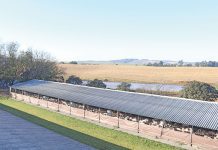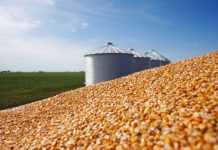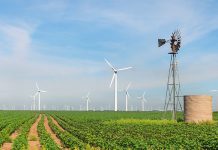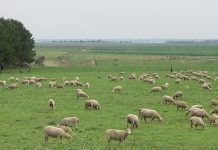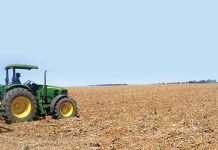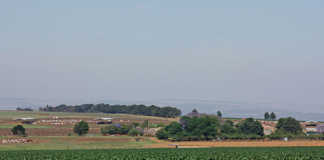The level of development – infrastructure and improvements – is one of the main factors influencing the value of a farm. Undeveloped farms in the same area as developed farms will usually be cheaper per hectare.
However, increased value due to development is seldom equal to the development cost. Overcapitalisation is always a risk, especially on smaller farming units.
This can be defined as improving a property beyond its resale value and usually occurs when improvements are added which are not necessary for the normal functioning of the farm, or when the quality of the finishes of improvements is far higher than normal. Here, one of the primary principles of property valuation comes into play: cost does not equal value.
Improvements
These can be classified into three types:
Class A improvements
These are utilised in day-to-day operations and are found on most commercial farms. They include residential housing and operational farm buildings, and are valued in addition to the land components; in other words, they do not form part of the value of the wasteland, the grazing land or the land on which the homestead is built. Operational farm buildings include, amongst others, sheds, workshops, pump houses and offices.
The key factor when determining the additional value of such improvements is depreciation – the reduction in value of an asset over time. This is calculated by the depreciated replacement cost method, which determines the market-related replacement cost for the improvement. Thereafter, amounts are deducted for more than one type of depreciation, and can include physical, economic and functional depreciation. An amount for purchaser’s resistance is also deducted.
Class B improvements
These are universally accepted and valued as integral to the land: fences, pipelines, reservoirs, roads, erosion works (weirs), normal livestock handling facilities and so forth. The value of grazing land includes the value of fences, water reticulation and normal livestock handling facilities, while the value of irrigation land includes irrigation mainlines, furrows and canals, and everything from the point of extraction to the point of connection to the irrigation system, such as a pivot.
If such improvements are in poor condition, the land component will be valued lower than the norm, or calculated according to the comparable value for the area.
Class S improvements
These are specialised improvements not usually found on a standard farm, but constructed for a specific farming type. They can include abattoirs, charcoal plants, cold rooms, feed and grain mills, packhouses, silos, saw mills, stables and wine cellars. They are valued separately from the normal Class A improvements and usually require specialised equipment such as milking machines, layer-hen cages and fruit sorting machines.
It is debatable whether these are moveable assets or integral parts of the fixed improvement; after all, without this equipment, the structure would not be functional. Financial institutions often require that the valuation of improvements exclude specialised equipment, whereas a prospective buyer may require its inclusion.
Permanent crops
Factors influencing the value of permanent crops are locality, crop type, plant population, orchard establishment, irrigation, location on the farm, yield history and orchard condition. Locality and crop type are associated with adaptability in terms of climate, water requirements and similar factors.
Plant population, irrigation and location are regarded as technical issues, while yield history and orchard condition are part of orchard performance. Adaptability can be expressed in a cultivar index while the remainder are normally expressed as a rating for each orchard.
These factors will be discussed in more detail in a follow-up article.
In sum, the level of development of a farm has a profound influence on its open market value. However, possible over-capitalisation should be noted by the prospective buyer, and the negative effect negotiated with a seller.
Source: Farm Valuations in Practice (Pienaar, 2013)

